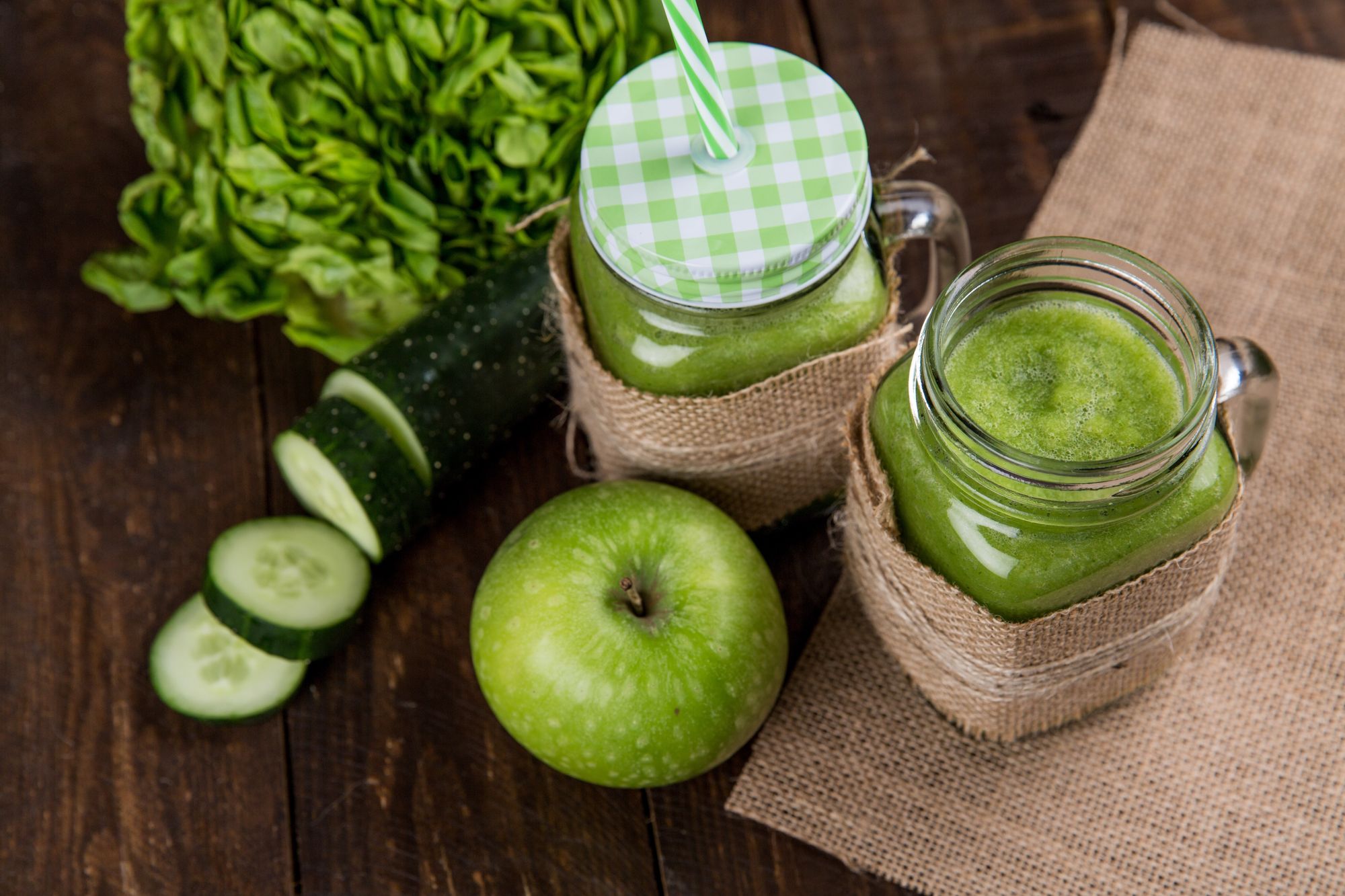Have you ever heard of intermittent fasting and juicing? If you're on a health journey you've likely heard of both popular strategies to improve your health. While they may seem like complete opposites, both practices share the goal of taking your overall health and wellness to the next level.
The Basics:
Intermittent fasting is an eating pattern that cycles between periods of fasting and eating. It doesn't specify which foods you should eat but rather when you should eat them.
This practice has been shown to improve insulin sensitivity, increase longevity, and promote weight loss.
Juicing, on the other hand, involves extracting juice from fruits and vegetables using a juicer.
The result is a concentrated drink full of vitamins, minerals, and antioxidants that are easily absorbed by your body. These nutrients can enhance digestion, increase energy levels, and support detoxification processes in your body.
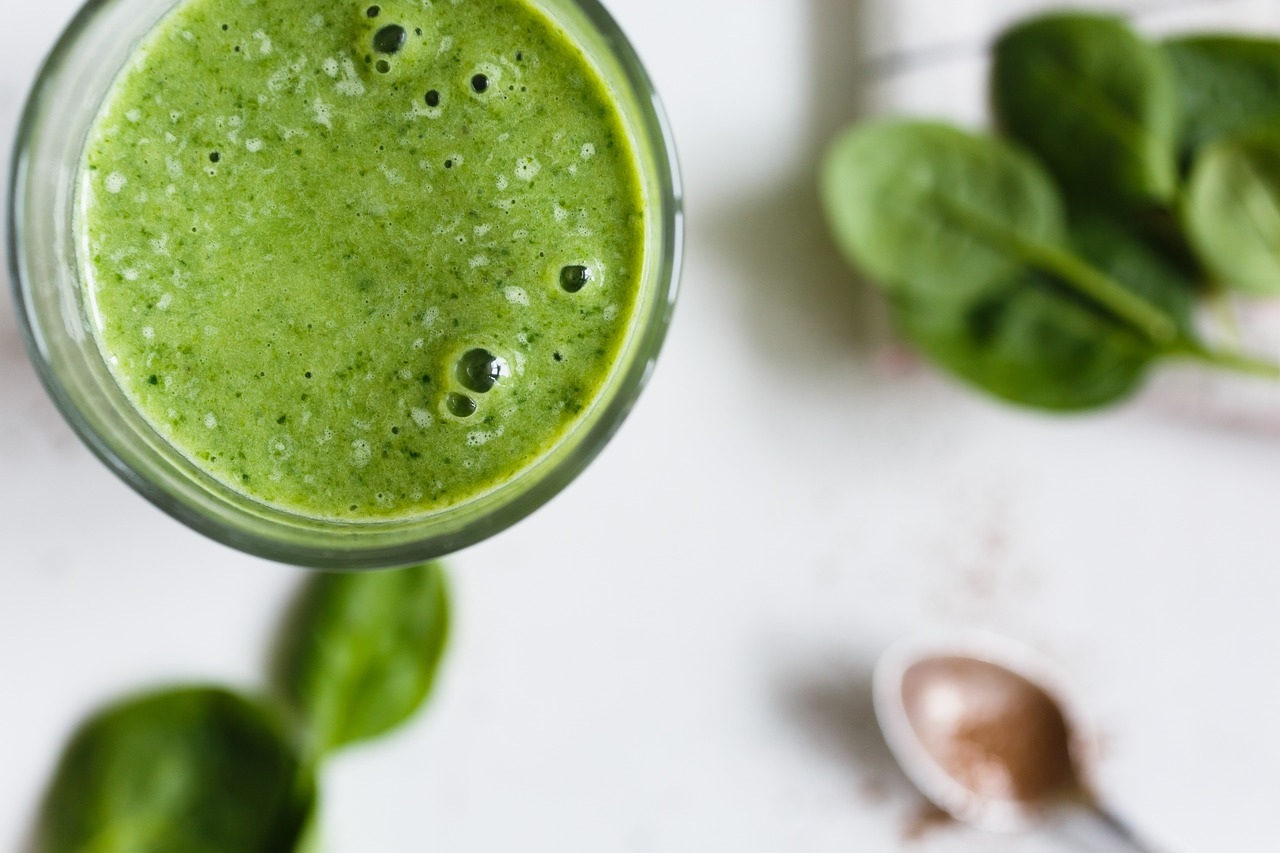
The Benefits:
While these practices may seem unrelated at first glance, they actually share many benefits. Both can improve heart health by reducing inflammation in the body.
Additionally, intermittent fasting (IF) has been shown to decrease the risk of chronic diseases such as diabetes and cancer while juicing can help boost your immune system.
Moreover, both practices can also help you lose weight. Intermittent fasting promotes fat loss while preserving muscle mass by restricting calorie intake during specific periods of time throughout the day or week.
Juicing can also aid in weight loss by providing a low-calorie way to consume a high amount of nutrients without feeling overly full while giving you more energy. If you're looking for ways to improve your overall health and wellness while losing weight at the same time - consider incorporating IF or juicing into your lifestyle!
It's become increasingly popular to make vegetable juice, celery juice, lemon juice, and green juices to boost your health while losing weight.
Intermittent Fasting:
Have you ever thought about skipping your breakfast, lunch, or dinner? Well, that's exactly what intermittent fasting is! Intermittent fasting is an eating pattern that involves alternating periods of eating and fasting.

It doesn't necessarily dictate which foods to eat but rather when to eat them. It's more of an eating schedule than a diet.
The most popular types of intermittent fasting are the 16/8 method, the 5:2 method, the 18/6 method, and alternate day fasting. The 16/8 method involves restricting food intake to an eight-hour window while fasting for the remaining 16 hours.
The 5:2 method requires consuming a normal diet for five days and reducing calorie intake (500-600 calories/day) for two days. Alternate day fasting involves alternating between a day of unrestricted eating and a day of consuming only one meal (~500 calories).
The benefits of intermittent fasting are vast! One major benefit is weight loss.
Fasting can lead to reduced calorie intake which can ultimately lead to weight loss as long as you don't overcompensate during your feeding periods.
Additionally, intermittent fasting has been shown to improve insulin sensitivity which lowers blood sugar levels and reduces the risk of type 2 diabetes.
Although there are many benefits, common concerns about intermittent fasting include hunger pains and muscle loss. Hunger pains are common during the first few days as your body adjusts to the new schedule but will eventually go away.
However, muscle loss isn't typically seen in people who practice intermittent fasting because they generally consume enough protein during their feeding windows to prevent significant muscle loss.
Overall, intermittent fasting can be a useful tool for improving overall health by promoting weight loss and improving insulin sensitivity without sacrificing any specific food groups or nutrients in your diet!
Juicing:
What is juicing and how does it work?
Juicing is the process of extracting liquid from fruits and vegetables, leaving behind the pulp or fiber.
This liquid is known as juice, and it can be consumed on its own or mixed with other ingredients to create a variety of delicious drinks.
While juicing has become increasingly popular in recent years, it's actually been around for centuries.
In fact, ancient Egyptians used to extract juice from pomegranates and figs using reeds. The process of juicing involves removing the solid parts from fruits and vegetables, such as the skin, seeds, and pulp.
This leaves only the liquid portion, which contains many of the vitamins, minerals, and antioxidants found in these foods make it great a great detox drink.
Juicing allows you to consume a concentrated dose of nutrients in a single glass or bottle.
Different types of juicers: centrifugal vs masticating:
There are two main types of juicers: centrifugal and masticating. Centrifugal juicers work by spinning at high speeds to extract juice from fruits and vegetables.
They're faster than masticating juicers but tend to produce less juice overall. Masticating juicers use a slower process that crushes fruits and vegetables to extract juice while retaining more nutrients.
Centrifugal juicers are generally more affordable than masticating ones; however, they tend to be louder and less efficient at extracting all the juice from your produce—especially leafy greens like kale or spinach.
Masticating juicers are pricier up front but may save you money over time since they can extract more liquid per piece of produce—meaning you won't have to purchase as much food in order to make a full glass or bottle.
Benefits of Juicing: increased nutrient intake, improved digestion & enhanced detoxification:
Juicing offers a variety of health benefits, including increased nutrient intake, improved digestion, and enhanced detoxification.
Drinking fresh juice provides a concentrated dose of vitamins, minerals, and antioxidants that can help boost your immune system and overall health.
Juicing can also aid in digestion by providing your body with essential enzymes and fiber.
The liquid form makes it easier for your body to absorb the nutrients without having to break down solid foods. Juicing is a great way to detoxify your body.
Certain fruits and vegetables have natural detoxifying properties that help eliminate toxins from the body. For example, beets are known to support liver function while kale helps cleanse the kidneys.
Addressing Common Concerns: Sugar Content in Fruit Juices:
One common concern about juicing is the sugar content found in fruit juices. While fruit is certainly healthy and filled with essential vitamins and nutrients, it's also high in natural sugars like fructose.
This means that consuming too much fruit juice (or eating too many whole fruits) can lead to spikes in blood sugar levels which may not be healthy for everyone—especially those with diabetes or other blood sugar issues.
To avoid this issue when juicing at home, try incorporating more vegetables into each batch of juice other than fruits.
Vegetables contain fewer sugars than fruits do while still providing lots of beneficial vitamins and minerals.
Additionally, you could add low-sugar produce like cucumber or celery juice into your juicer alongside higher-sugar items like apples or carrots to balance out the sweetness level.
Green Juice Recipe:
With the rising tide of health consciousness, green juice has rapidly gained popularity as the ultimate health elixir.
Today, I am going to share with you my ultimate green juice recipe that is not only bursting with nutrients but also loaded with fantastic flavors.
This easy-to-make, super healthy concoction is sure to become your go-to morning pick-me-up.
But first, why green juice?
Packed to the brim with vitamins, minerals, and antioxidants, green juice is an excellent way to kickstart your day.
It's like an instant nutrient shot for your body, amplifying your energy levels, boosting your immune system, promoting healthier skin, aiding digestion, and so much more.
Now, without further ado, let's dive into this vibrant green wonder!
The Ultimate Green Juice Recipe:
Ingredients:
- 2 cups of fresh spinach
- 1 large cucumber
- 2 stalks of celery
- 1 green apple
- 1 lemon (peeled)
- A thumb-sized piece of fresh ginger
- A handful of parsley (optional)
- 1 cup of water (optional, for those who prefer a thinner consistency)
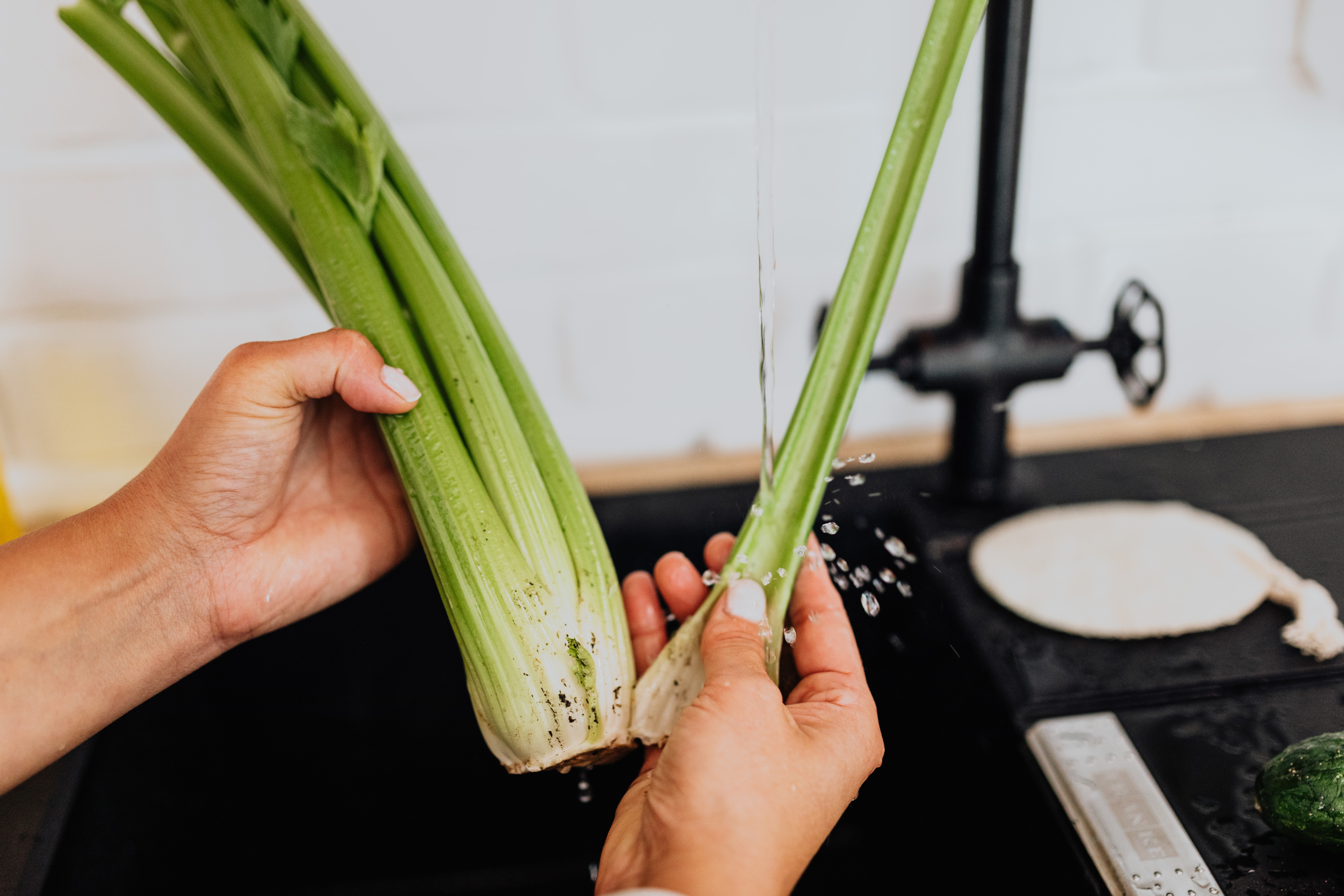
Instructions:
- Prepare Your Ingredients: Start by washing all your fresh produce thoroughly. Peel the lemon and ginger. Cut the cucumber, apple, and celery into pieces that will easily fit into your juicer.
- Juice Away: Begin feeding the ingredients through your juicer. Start with the softer ingredients (like spinach and parsley), then move onto the more solid ones (like apple, cucumber, celery). This method helps push through any pieces of the softer ingredients that may linger inside the juicer.
- Boost with Lemon and Ginger: Now add the ginger and lemon into the juicer. These add a vibrant zing to the juice and pack it with additional health benefits.
- Stir and Savor: Once all the ingredients have been juiced, give it a good stir. If you find the juice too thick, you can add a cup of water to adjust the consistency. Pour the juice into a glass and enjoy it immediately to reap the maximum benefits.
And complete! A glass of green goodness that's both nourishing and delicious.
Remember, the key to a great green juice is balance. While it's a nutrient powerhouse, make sure it complements a balanced diet and doesn't become a replacement for whole fruits and vegetables.
Enjoy this revitalizing green juice, and share your experiences with us.
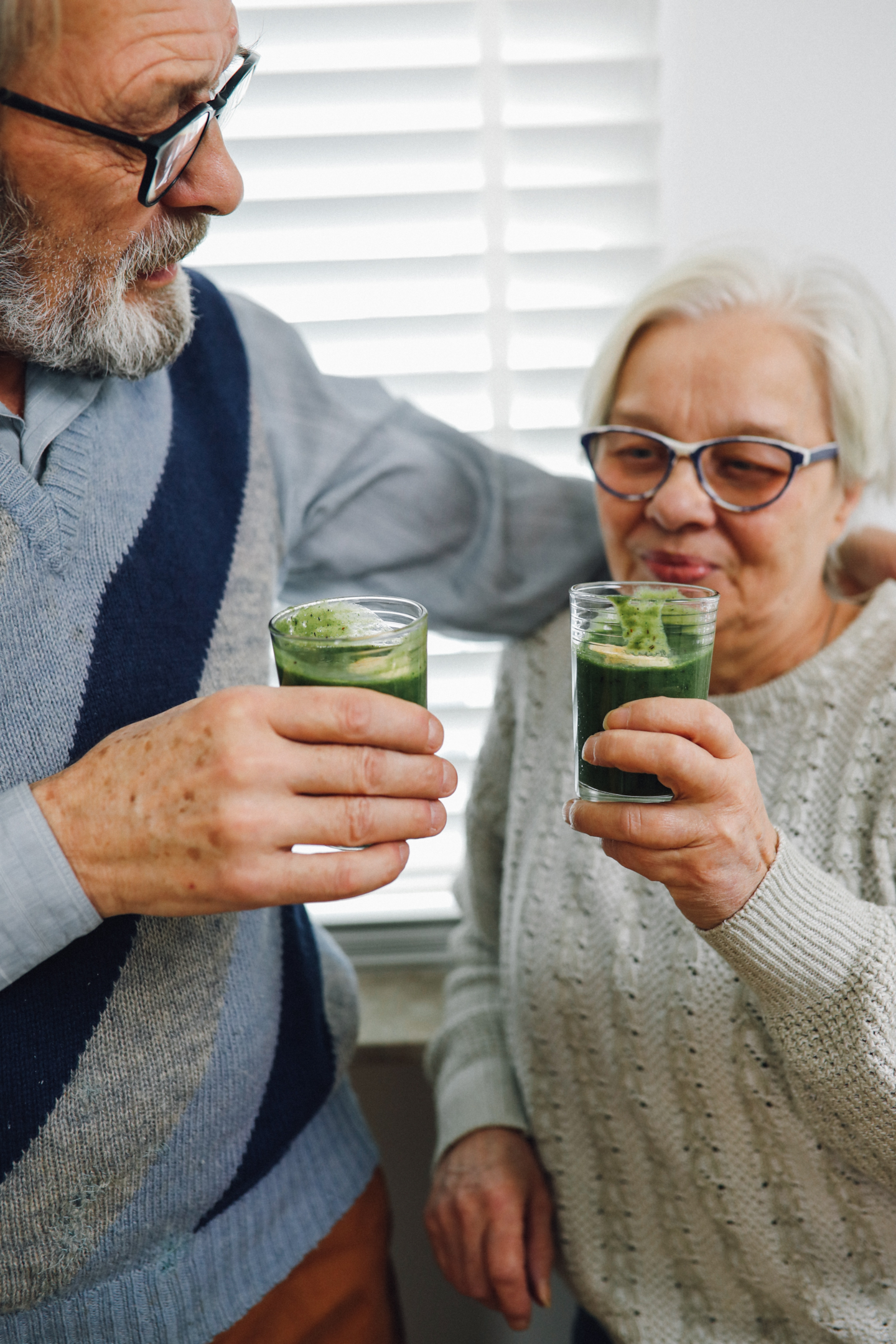
You can always play around with this recipe. Feel free to add or replace ingredients to suit your taste preferences.
Some other great additions could be kale, mint, or even a touch of green bell pepper for an extra kick!
Combining Intermittent Fasting and Juicing:
Unlocking the Power of Synergy:

While both intermittent fasting and juicing are beneficial on their own, combining them can create a powerful synergy that enhances their benefits.
When you intermittently fast, your body is in a state of ketosis where it burns stored fat for energy instead of glucose from food. Juicing provides your body with essential nutrients that help it function optimally.
When you juice during your eating window while intermittently fasting, your body is able to absorb those nutrients more efficiently since it’s not focused on digesting food.
This combination can lead to an increase in energy, improved digestion, and enhanced detoxification.
Tips for Incorporating Both Practices into a Healthy Lifestyle
Incorporating both intermittent fasting and juicing into your routine may seem daunting at first, but with a little bit of planning and preparation, it can become a seamless part of your healthy lifestyle.
One way to start is by gradually increasing the amount of time you spend intermittently fasting while also introducing juicing into your diet.
For example, start with 12-hour fasts and gradually increase as you get comfortable with the practice. Another tip is to incorporate whole foods into your diet when you break your fast instead of relying solely on juice.
This will help ensure that you’re getting enough protein and fiber to keep you full until your next eating window opens up again.
You can also consider trying different types of juices or adding different ingredients like ginger or turmeric for added health benefits.
Juicing During Your Eating Window While Intermittently Fasting: An Example
Here’s an example of how you could incorporate both practices: - Start by choosing an intermittent fasting schedule that works best for you (16/8 or 5:2)
- During your eating window, start your day with a green juice (recipe above) that includes spinach, celery, cucumber, apple, and lemon - Incorporate whole foods like eggs or avocado toast into your first meal of the day to help keep you full until your next eating window
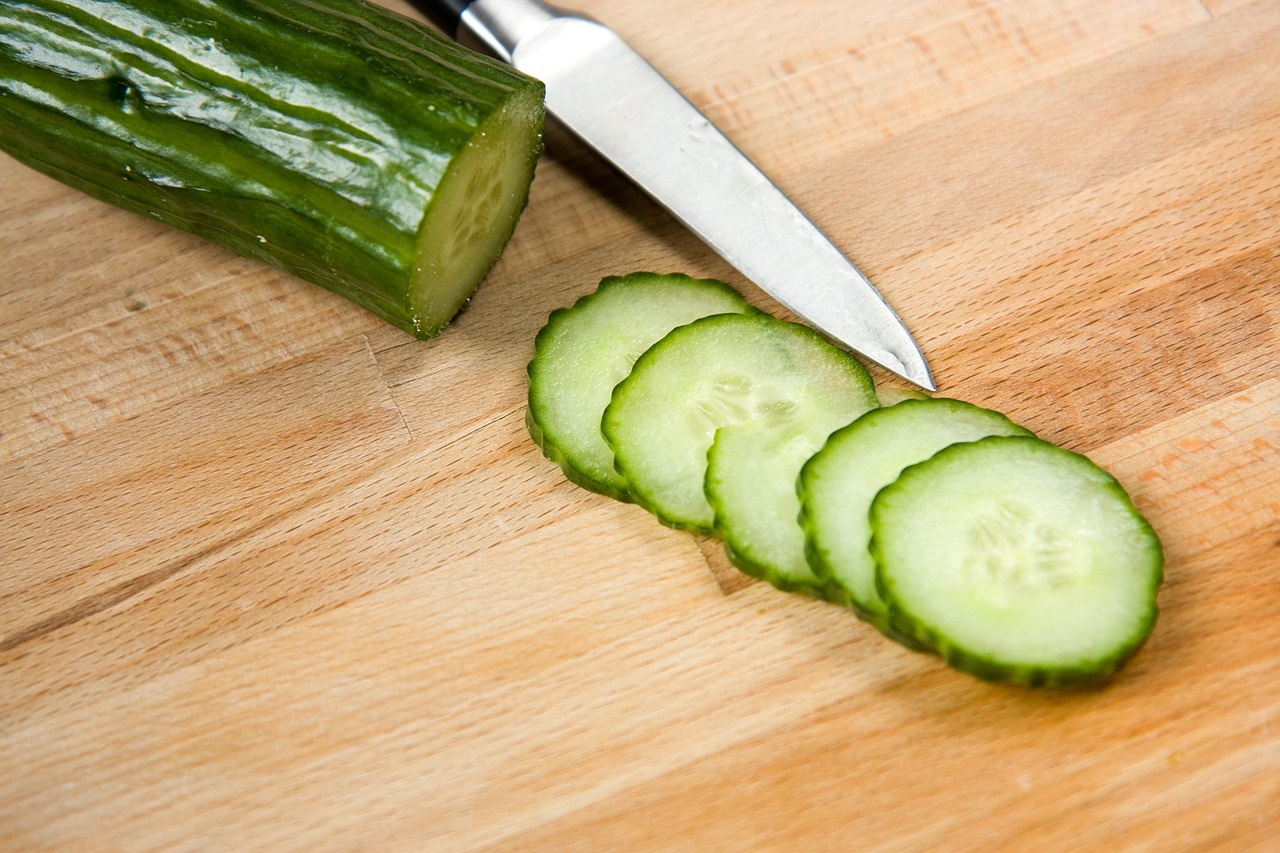
- When it’s time to break your fast for the day, have another juice before consuming a balanced meal with protein, healthy fats and carbohydrates. - Continue making healthy choices during your eating window until it’s time for your next fast.
Combining intermittent fasting and juicing is a great way to enhance the benefits of both health practices. By following these tips and incorporating them into your routine gradually overtime will not only increase energy levels but also contribute to overall health.
Final Thoughts:
Recap of the benefits of both IF and juicing:
Both intermittent fasting and juicing are great practices that have numerous benefits.
Intermittent fasting helps with weight loss, improved insulin sensitivity, increased longevity and more.
Juicing provides a high concentration of nutrients, improves digestion, enhances detoxification in the body and more.
When combined together, these practices can enhance each other's benefits such as incorporating juice into your eating window during intermittent fasting.
After learning about the numerous benefits of both intermittent fasting and juicing, we encourage you to try incorporating these practices into their lifestyle.
It is important to start small by introducing one practice at a time or gradually increasing your fasting periods or juice consumption.
Start by researching which method of intermittent fasting works best for you or experiment with different types of juices.
Remember to listen to your body and always consult with a medical professional before making any drastic changes to your diet.
Incorporating healthy habits like these can lead to a healthier lifestyle overall, so why not give it a try? Your body will thank you!

